Unraveling the Mystery: Deadstock Fabric
As a sewist, you’ve probably heard the term “deadstock” circulating in fashion and sewing circles, but it’s not just another buzzword—it’s the coveted material for DIY enthusiasts and eco-conscious designers alike. But what exactly is deadstock fabric, and why is it on the radar of home sewists?
Deadstock fabric is like a rare jewel of the textile world—limited, unique, and a little mysterious. Essentially, deadstock fabric refers to leftover material that hasn’t been used by manufacturers. It could be a few rolls of high-end silk that didn’t make the cut for last season’s collection or excess yardage from a discontinued production run. Whatever the reason, this fabric is sitting on the shelf, waiting for a second chance.
Etymology of the word “dead stock”
The term “deadstock” has roots in retail, where “dead stock” referred to unsold inventory that wouldn’t move. Over time, this term found its way into the fabric industry, where it came to describe unused textiles lying dormant, much like unsold goods in a store. Deadstock fabric was simply a byproduct of overproduction or miscalculation—an inevitable part of the fast-paced, ever-changing world of fashion. Brands often ordered more fabric than they needed to account for errors or to ensure they had enough for large orders. When trends shifted or designs changed, the unused fabric became unwanted leftovers. As the fashion industry began to grapple with its environmental impact, deadstock fabric found a new purpose. Designers and brands started realizing that this surplus material could be repurposed into limited-edition pieces, giving it a new lease on life while also reducing waste. In today’s fashion culture, deadstock is now seen as a hidden gem, coveted for its rarity and sustainability.
Why do sewists love deadstock fabric?
For garment sewists, deadstock fabric is like pure gold. First off, it’s sustainable, aligning perfectly with the ethos of many in the home sewing community. By using what’s already been produced, you’re reducing the demand for new fabric production, which often involves heavy use of resources such as water, energy, chemicals, and dye treatments. It’s an easy way to incorporate sustainability into your creative practice without sacrificing style or quality.
Then there’s the uniqueness factor. Because deadstock fabric is often in limited supply, every piece you sew is potentially one-of-a-kind. It’s not like buying yardage from a big-box fabric store where anyone could end up with the same print. With deadstock, you’re getting something that might have been destined for a high-fashion runway or a luxury collection, giving your handmade wardrobe an exclusive edge.
Plus, deadstock fabric can offer a bit of a challenge—and who doesn’t love a creative challenge? Since you’re working with limited quantities, you’re pushed to think outside the box. Maybe you’ll combine different deadstock fabrics to create a patchwork piece, or you’ll find ways to use every last scrap in clever ways, such as bias tape or applique. It’s a chance to flex your sewing muscles and make something truly unique to you.
With the rise of indie fashion brands and the home sewing community, deadstock fabric is more accessible than ever before. Many well-known online fabric shops carry deadstock fabrics sourced directly from fashion houses, and a quick Google search can lead you to them. I’ve seen deadstock fabrics from brands like Rachel Comey, APC, and Donni, just to name a few. In the same vein, you can find deadstock fabrics used in collections by Reformation, Christy Dawn, and Whimsy + Row.
The best source for deadstock fabrics
In Los Angeles, the holy grail for deadstock fabric is Ragfinders of California in the downtown area near the flower and fabric districts. Ragfinders has been in business for the past 40 years, supplying the entertainment industry and LA-based fashion designers. Their site states that they “source fabric from brands, mills, and designers’ surplus goods. This surplus is often from fashion brands overestimating their needs and sales.” I had the pleasure of visiting Ragfinders during my last trip to LA, and I had to literally pick my jaw up off the floor upon entering. This warehouse features four floors of deadstock fabrics stacked high from floor to ceiling. Ragfinders carries every type of fabric in every type of fiber you could imagine, from printed linen to solid cotton poplin, to sheer crinkled silks to nubby speckled wools. I could have easily spent a whole week there perusing each floor; in fact, I almost got lost zigzagging my way through the basement, which really felt like a textile labyrinth! Ragfinders is open to the public, and you don’t need a wholesale license to purchase from them. However, they do have a minimum order quantity—or MOQ in wholesale industry speak—which means shoppers must buy a certain amount of yardage. Luckily, their low prices paired with their low minimum of 20 yards make it accessible for small-batch designers to shop Ragfinders’ extensive offerings.
But what about home sewists who don’t need that much yardage? Here’s an idea—round up a small group of 3-5 sewing friends, make a list of fabrics you’re all interested in, find the common denominator, and make a field trip down to Ragfinders. Once you arrive, focus on searching for a few variations of the common denominator fabric of interest, and begin the hunt! Once each member has a few options to share with the group, narrow down the choices until you all agree on one fabric, and everyone can contribute to the 20-yard roll! Once all is said and done, you’ll walk away with not only several gorgeous yards of fabric that have been saved from the landfill, but you’ll also share a fun treasure-hunting experience with kindred sewing spirits.
Deadstock fabric isn’t just a buzzword—it’s a movement towards more thoughtful, responsible sewing. For home sewists, it offers a way to create unique, high-quality garments that are as kind to the planet as they are to your wardrobe.





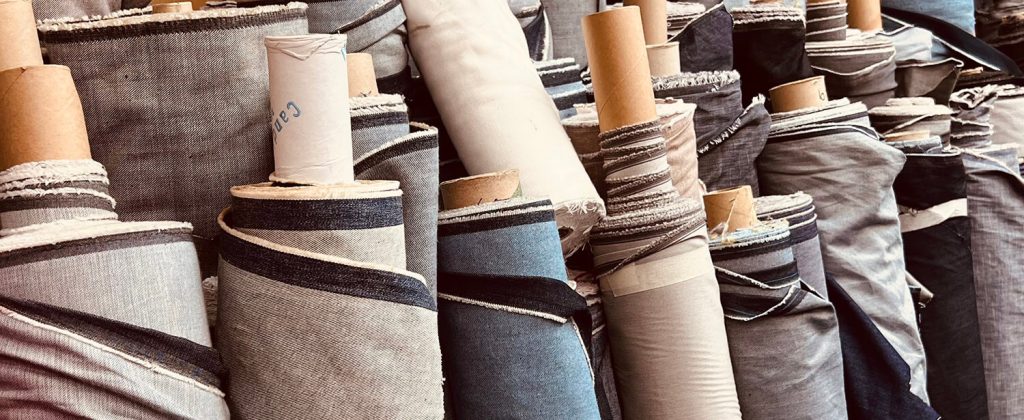

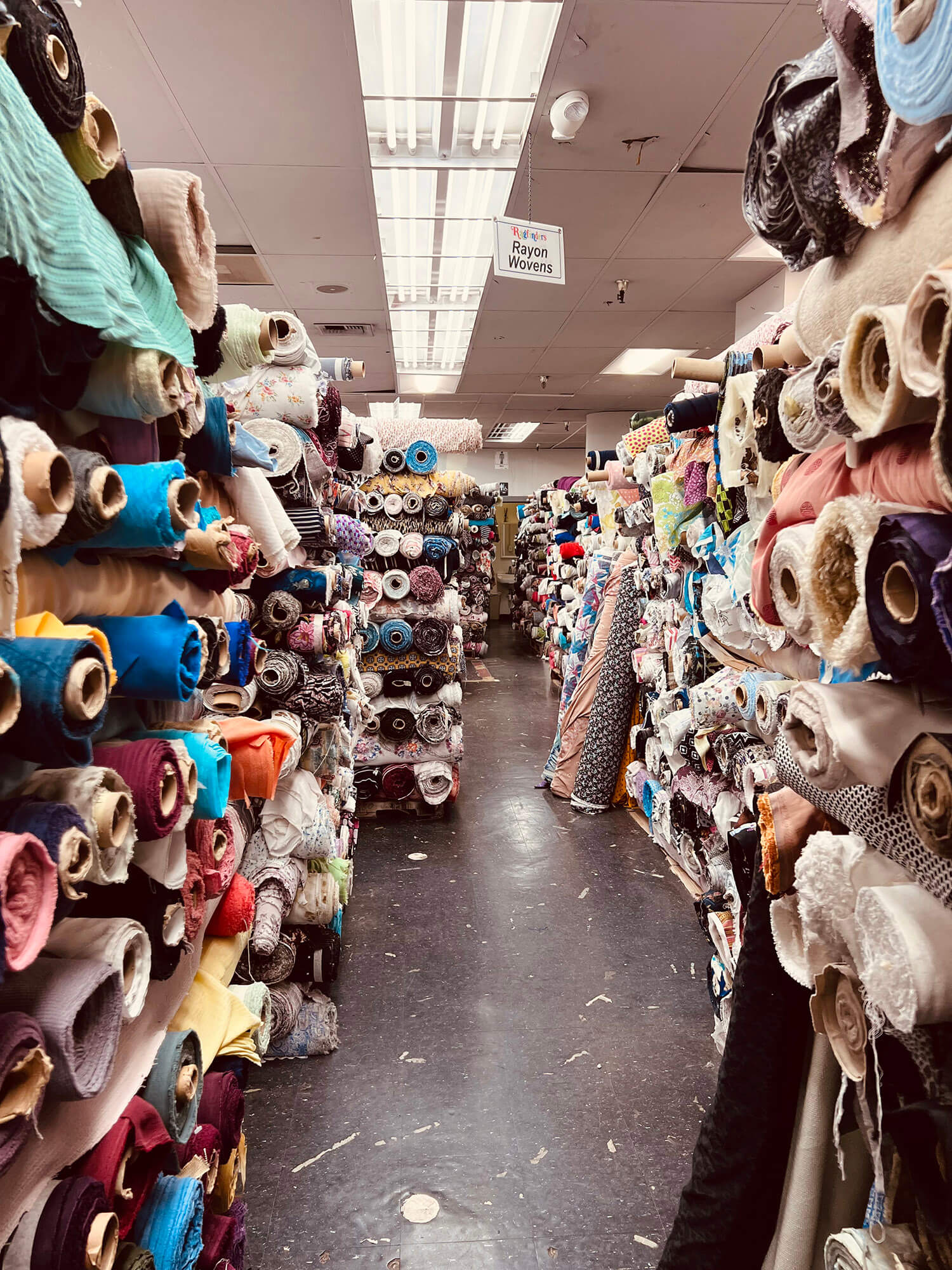
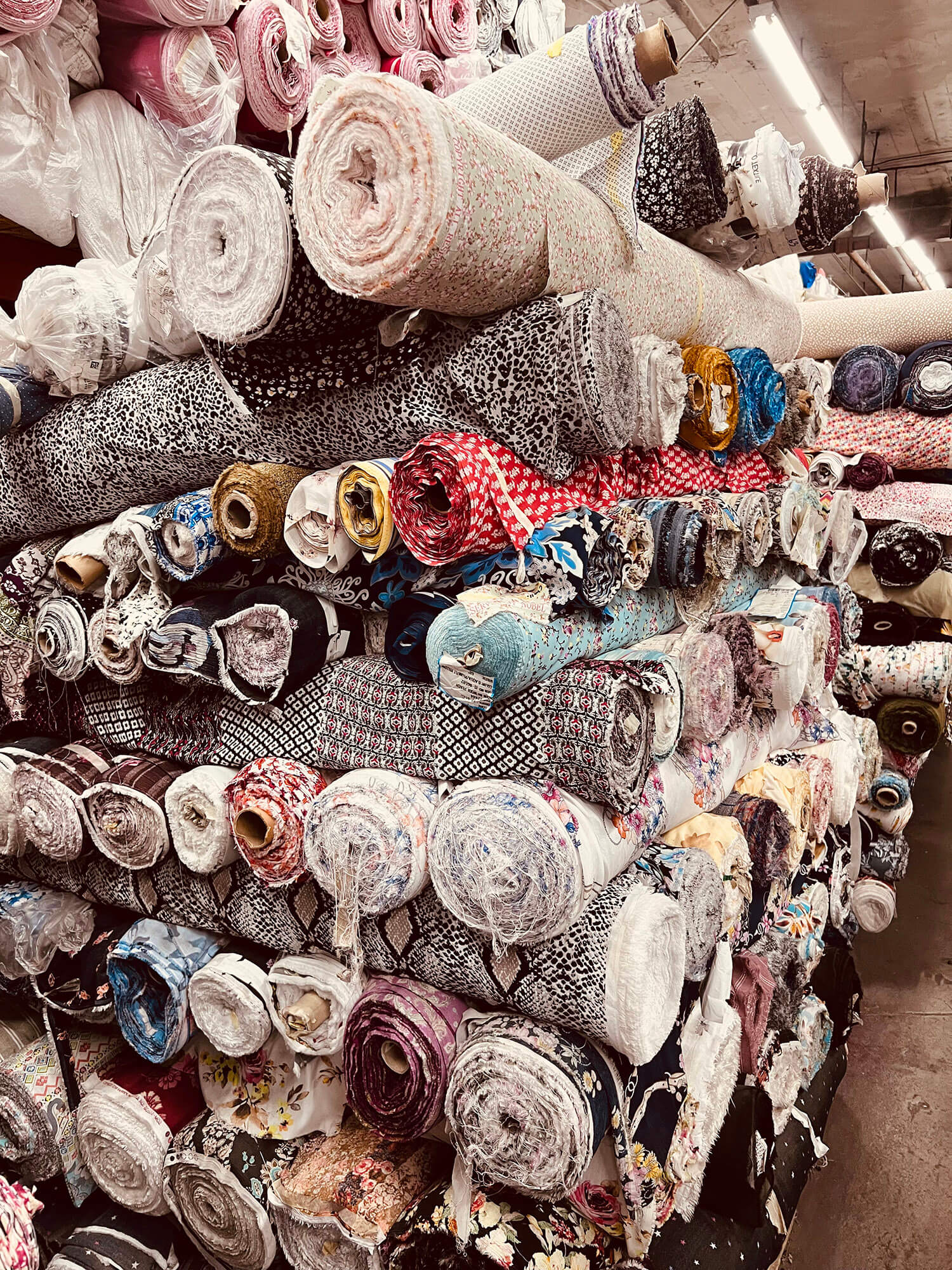
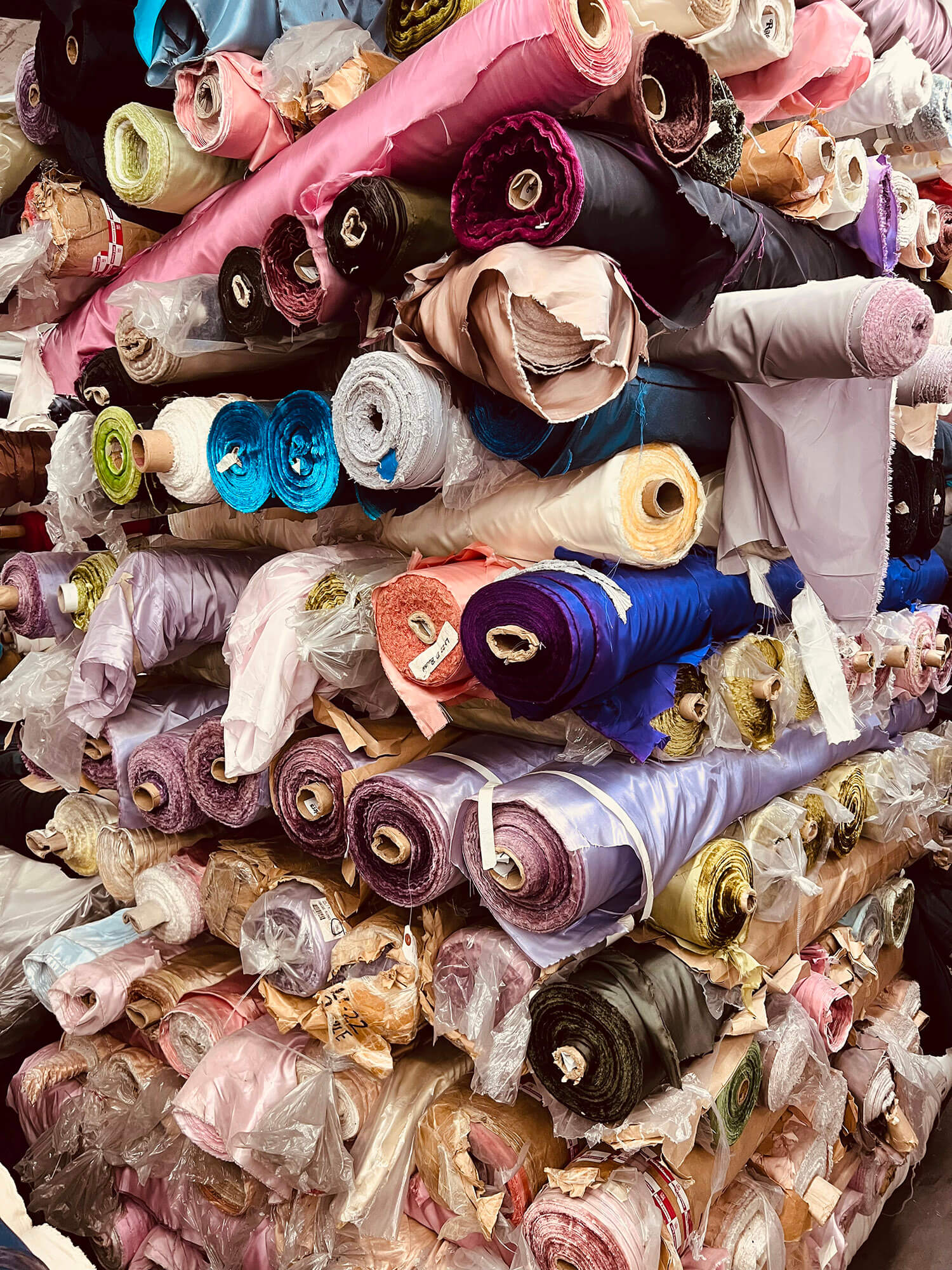
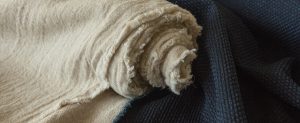
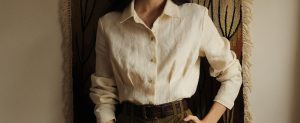
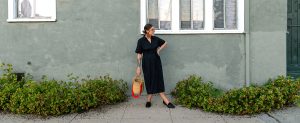
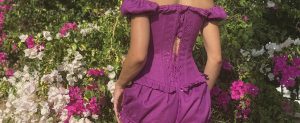
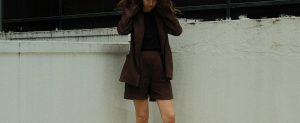









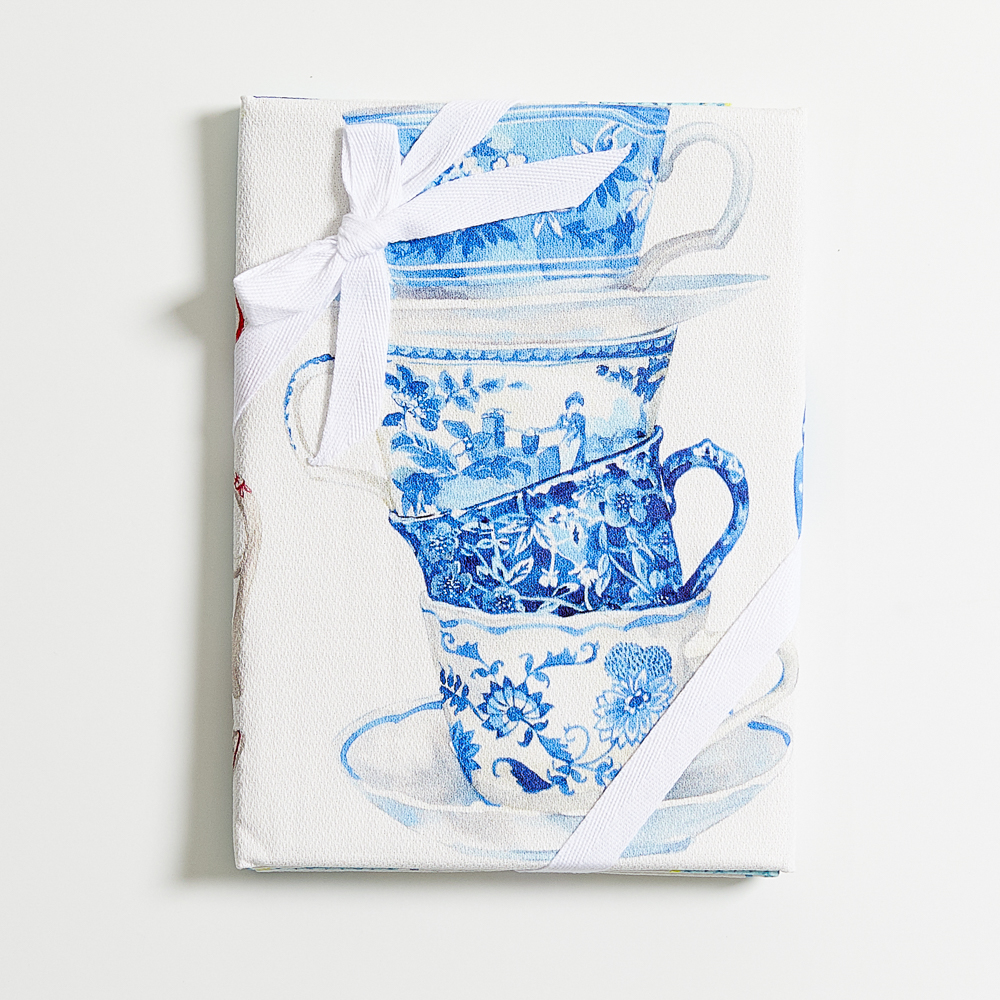










































One Comment
Jen Ada
Circular Sourcing is my favourite deadstock source in Australia. i have managed to grab some wonderful organic knit and linen fabrics through them. Only drawback is its usuallty in lots of 10meters or more with only some avaiable by the meter. Every little bit helps keep it out of landfill